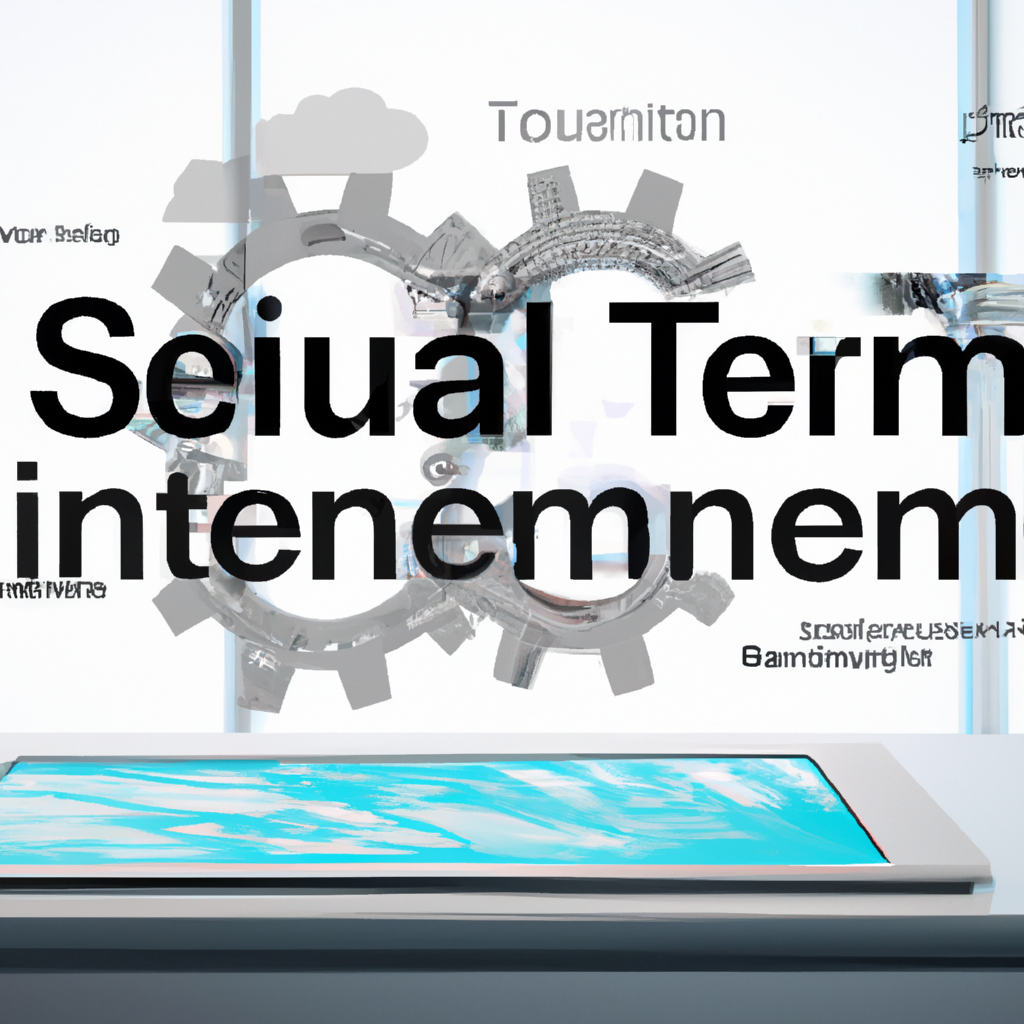Mastering IT Service Management: A Deep Dive into ServiceNow ITSM, Best Practices, and the Role of Solution Architects in Navigating Digital Transformation
In today's rapidly evolving digital landscape, effective IT Service Management is crucial for organizations to stay competitive and meet the demands of modern technology. From implementing best practices with ServiceNow ITSM to navigating digital transformation with the guidance of a solution architect, there are key strategies that can help maximize efficiency and effectiveness in IT service delivery. In this article, we will explore how organizations can leverage ServiceNow ITSM, best practices, and solution architects to drive successful IT Service Management initiatives and achieve their business objectives.
1. "Implementing Best Practices in IT Service Management with ServiceNow ITSM"
Implementing best practices in IT service management with ServiceNow ITSM is essential for organizations looking to streamline their IT operations and improve efficiency. ServiceNow ITSM is a comprehensive platform that helps businesses manage their IT services and support processes effectively. By leveraging the capabilities of ServiceNow ITSM, organizations can achieve digital transformation and drive innovation in their IT operations.
One key aspect of implementing best practices in IT service management with ServiceNow ITSM is having a skilled solution architect leading the implementation process. A solution architect plays a crucial role in designing and implementing IT service management solutions that align with the organization's goals and objectives. They are responsible for analyzing the organization's IT infrastructure, identifying areas for improvement, and designing solutions that optimize IT service delivery.
By following best practices in IT service management and leveraging the capabilities of ServiceNow ITSM, organizations can improve their service delivery processes, increase efficiency, and enhance the overall customer experience. This ultimately helps organizations stay competitive in today's digital age and drive business growth.
2. "Navigating Digital Transformation: The Role of a Solution Architect in IT Service Management"
As organizations navigate through the process of digital transformation, the role of a Solution Architect in IT Service Management becomes increasingly crucial. A Solution Architect is responsible for designing and implementing IT solutions that align with the organization's goals and objectives, while also ensuring that they are scalable, secure, and efficient.
In the context of IT Service Management, a Solution Architect plays a key role in implementing best practices and processes to optimize the delivery of IT services. By working closely with stakeholders, the Solution Architect can identify opportunities for automation, streamline workflows, and enhance the overall efficiency of IT operations.
One important aspect of digital transformation is the adoption of modern ITSM platforms, such as ServiceNow ITSM, which provide organizations with the tools and capabilities needed to manage and deliver IT services effectively. A Solution Architect with expertise in ServiceNow ITSM can help organizations leverage the platform to its full potential, ensuring that they are able to meet their digital transformation goals.
Overall, the role of a Solution Architect in IT Service Management is essential for organizations looking to navigate the complexities of digital transformation successfully. By implementing best practices and leveraging the right tools and technologies, organizations can streamline their IT operations, improve service delivery, and drive business growth.
3. "Maximizing Efficiency and Effectiveness: Key Strategies for Successful IT Service Management"
Maximizing Efficiency and Effectiveness is crucial for successful IT Service Management. By implementing best practices and leveraging tools like ServiceNow ITSM, organizations can streamline their processes, improve service delivery, and ultimately enhance customer satisfaction.
One key strategy for maximizing efficiency is to focus on automation and self-service capabilities. By automating routine tasks and empowering users to resolve issues on their own through self-service portals, IT teams can free up time to focus on more strategic initiatives. This not only improves operational efficiency but also enhances the overall user experience.
Another important strategy is to align IT Service Management practices with digital transformation initiatives. As businesses continue to embrace digital technologies, IT departments must adapt their processes to support these changes. By working closely with solution architects and other stakeholders, IT teams can ensure that their service management practices are in line with the organization's broader digital transformation goals.
Overall, successful IT Service Management requires a combination of best practices, technology solutions like ServiceNow ITSM, and collaboration with key stakeholders such as solution architects. By maximizing efficiency and effectiveness in these areas, organizations can deliver high-quality IT services that drive business success.
